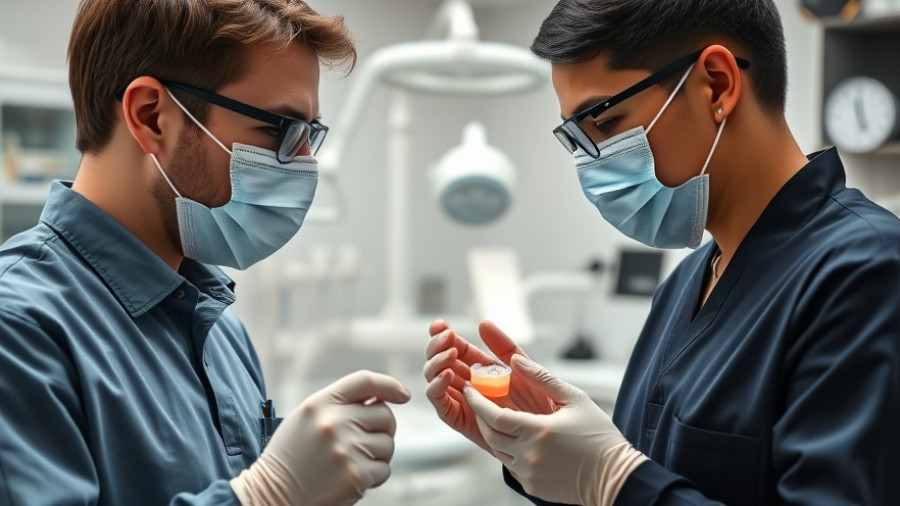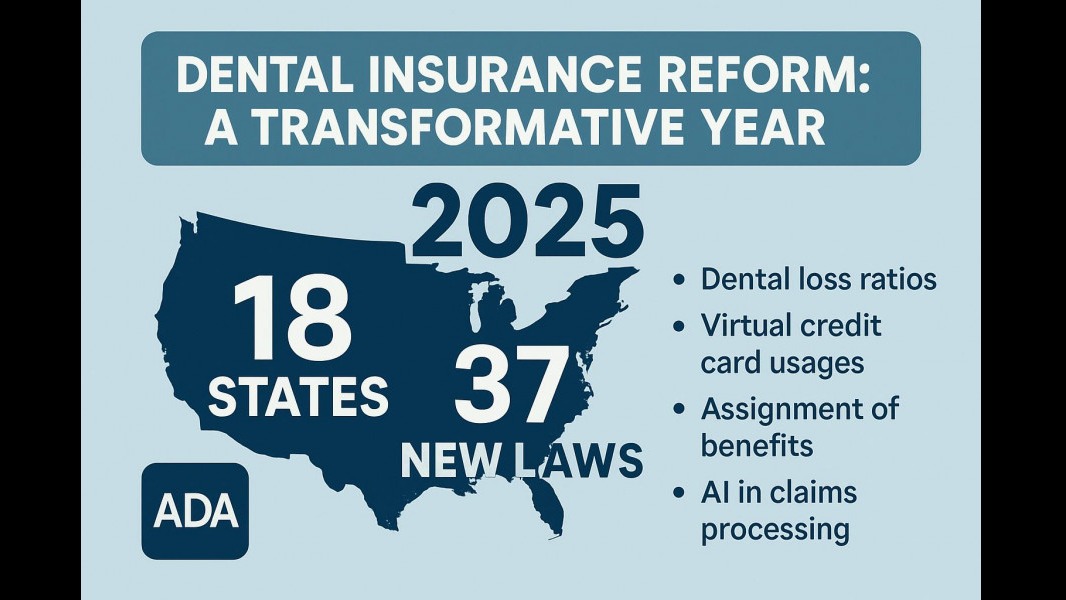
The Rise of Teledentistry: Advancements and Implications
The recently advanced teledentistry bill in South Carolina, formally known as Senate Bill 453, marks a significant stride towards integrating telehealth services in dentistry, particularly in orthodontics. The bill mandates that dental professionals conduct in-person examinations and review radiographic records prior to commencing orthodontic treatments. This initiative not only reinforces the importance of in-person evaluations but also aligns with a broader movement to modernize health care services through telehealth technologies.
Understanding the Legislative Landscape
This new bill stems from the influence of the Telehealth and Telemedicine Modernization Act of March 2024, which aimed to expand access to healthcare services via telehealth platforms. As noted by stakeholders from the AAO and SCAO, the recent legislative effort was spearheaded by Senator Danny Verdin, highlighting an organized coalition to improve patient care by ensuring stringent standards in tele-orthodontics.
Similar legislative frameworks have been adopted by states such as Oklahoma, Georgia, and Florida, which provide a template for South Carolina’s attempts. By aligning local regulations with successful models from neighboring states, the South Carolina bill aims to close gaps in orthodontic care and enhance patient safety—an increasingly crucial conversation in the wake of telehealth expansion.
In-Person Examination: A Critical Component
During the Senate Medical Affairs Subcommittee hearing on September 11, testimony was provided by Dr. Mark McInnis, a crucial advocate for the bill and an AAO member. His arguments emphasized why in-person evaluations are irreplaceable in orthodontic practice, particularly in evaluating tooth alignment and overall oral health. The necessity of direct examinations helps to mitigate risks associated with solely remote diagnoses, where visual nuances can easily be overlooked.
Experts argue that while teledentistry provides significant conveniences, it can never fully substitute for the tactile assessments that occur during in-person visits. Dr. McInnis's compelling testimony was highlighted in news broadcasts, reinforcing the bill's focus on patient health and safety.
The Future Outlook: Implications for Style and Patient Care
As South Carolina moves forward with this legislation, the implications for patient care are substantial. If successful, it could influence other states to adopt similar standards, as is evident from the legislative trends in telehealth adoption nationwide. The urgency for enhanced regulation in teledentistry reflects a growing commitment to ensuring that technology complements traditional practices rather than replacing them.
The ongoing discourse on the importance of in-person interactions serves as a reminder that while telepractice opens doors for accessibility, it also demands a frameworks that prioritize tangible assessments of patient health.
Joining the Advocacy Movement
Those interested in supporting such legislative measures can get involved with the AAO National Advocacy Network. Grassroots efforts are vital for advancing similar protections across states, emphasizing how collaboration can yield meaningful progress in patient health and safety. As technology continues to advance, the need for regulated practices in telehealth will only increase, making grassroots engagement essential.
Conclusion: The Road Ahead for Teledentistry
As South Carolina prepares for the upcoming legislative session in January, advocates and stakeholders remain optimistic about the future of teledentistry. The ongoing support from the AAO and state orthodontic associations reveals a strong commitment to patient-centered care, ensuring that legislation not only promotes the use of technology but also safeguards the health and safety of patients accessing orthodontic services. For those invested in the dental community, now is an excellent moment to engage, advocate, and contribute to shaping the future of dental practices in South Carolina and beyond.
 Add Row
Add Row  Add
Add 




Write A Comment